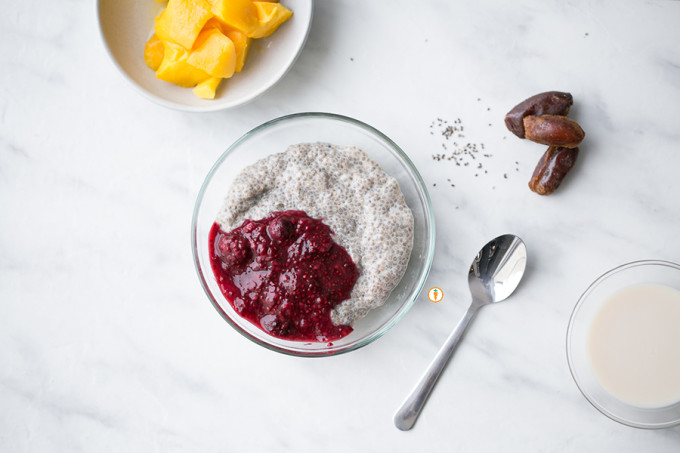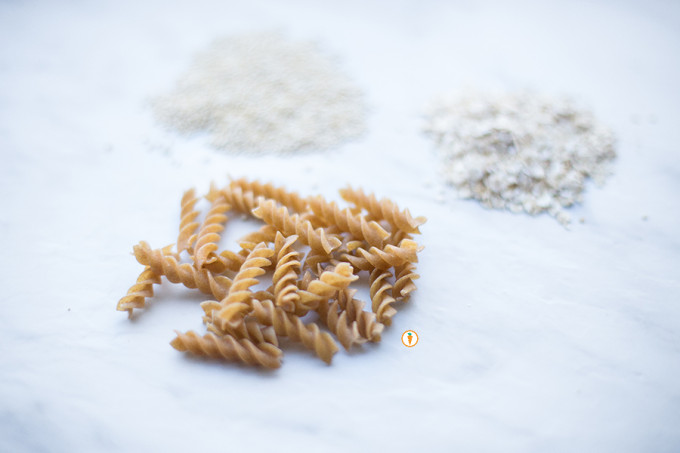
Above photo was taken by SambaJoy Photo & Art.
It’s here people. Spring. Is. Here.
As we bid farewell to our cold winter, we welcome all that the new season will bring to us. For many, spring marks a time for an annual “purge-my-closet”, a car tune up and more famously, we gear up to hit the shopping malls in race for the perfect new shoes, purse or even that pretty dress.
There’s certainly nothing wrong with any of this; but how many of us take this time to reflect on how we eat and where we can perhaps make a few improvements in our diet, if even one?
Here are some tips to keep in mind as you embrace spring with a sense of renewal and work towards a healthier you:
Reduce sugar by a third in baked good recipes. Now that’s a sweet deal.
It’s no secret that foods that contain sugar can be part of a balanced diet, but too much of the sweet stuff can add unnecessary calories. Be conscious about your efforts to reduce sugar intake. We certainly can’t completely omit sugar when we bake chewy cookies, moist muffins or sweet breads. But typically up to one third of the sugar can go missing without anyone noticing. If you’re going give this try, add a little extra cinnamon, vanilla or almond extract to add a hint of sweetness without the load of sugar.
Get intense flavor with less fat.
When people want to reduce fat intake, they often jump the gun and eliminate cheese from their usual regime. C’mon, cheese is more than just F-A-T. Cheese provides muscled building protein, calcium and other nutrients too. Reduced-fat and low-fat cheese can be a smart choice for snack and sandwiches—look for something at 20% M.F. Because these types of cheeses don’t melt well and make for a tough or stringy casserole, try using a little less regular cheese in your usual recipe. Or, shred in highly flavourful cheese such as Asiago, aged cheddar or Parmesan.
Eat a variety of different fruits and vegetables.
No one fruit or vegetable is so “super” that it can keep you healthy on its own. Don’t dwell on products that are labeled as “superfoods”; sometimes this phrase is used to market expensive foods or new trendy ingredients. Everyday (and affordable) produce such as broccoli, carrots or apples can be just nutritious.
Fibre up!
Fibre can help to lower blood cholesterol and control blood sugar levels. This is called soluble fibre and is found in some vegetables, fruits and legumes. Other types of fibre, called insoluble fibre from some vegetables and fruit, whole grains and wheat bran, help keep you “regular” and may protect against colon cancer. How can you increase fibre?
- Consume higher amounts of whole grains such as rolled oats, barley, quinoa and brown rice.
- Replace at least half of the white flour with whole wheat flour in your recipes.
- Add a few spoonfuls of bran, chia seeds and ground flaxseed to your cereal or yogurt.
- Savor the peel—crunch into your apples and pears as they are.
- Read the label—check for grams of fibre. A food labeled as “high in fibre” must have four or more grams of fibre per serving.
- Try your hand at these Energy Date Balls that are loaded with fibre and will hit that sweet spot.
Whatever you decide, make it sustainable. Find ways to source help from a Registered Dietitian or your fan club (we’ve all got one: your spouse, sister, friend, child etc). This is one great way to welcome all that spring brings (and then, it’s summer).
This blog post was originally published as a guest post on PegCityLovely for my friend Natalie Bell. Visit her here!

– With Love, Carrots and Cake,



I love cheese! – so it is really nice to see a dietician write about the fact that it is more than just fat and that it has calcium and other nutrients. I worry that if I’m eating it often it will be doing bad things to me on the inside, but it is one of the foods I find SO hard to give up, so I’ve “given up” on “giving up” this particular food 😉 Thank you for the suggestions on how to reduce quantities and/or replace certain cheeses. And Happy Spring to you! Yay – Spring has arrived
 (P.S. I also like the tip about reducing the amount of sugar in baked goods. Sometimes using natural apple sauce can be great in place of oil and sugar as well, depending on the recipe).
(P.S. I also like the tip about reducing the amount of sugar in baked goods. Sometimes using natural apple sauce can be great in place of oil and sugar as well, depending on the recipe).
Bridget – yes! The first cheese I tried was paneer. It’s an Indian cheese that my mama would make fresh. You’re right, it can be easy to over-indulge when we are eating cheese. I find eating them with something high in fibre usually helps. Example: apple + cheese, nuts + cheese, wholegrain crackers + cheese.
where can some one get some panner nsharda?
Hi Marta, you can typically purchase paneer from most Indian specialty stores. I’ve also noticed many Real Canadian Superstores also carry paneer in the freezer section!
These are such great tips!
xx
Lauren Elizabeth
Petite in Pearls
Thank you Lauren for stopping by! I’m gad you enjoyed the tips!!
Yes, I would definitely fiber up! I have known for long the benefits of having fiber in the diet, and I can testify to the effects. Since I incorporate fiber (a lot of fiber as much as possible) in my meals, I can feel lighter and healthier.
Thanks for sharing, I love reading posts like these. I will surely follow these tips!
That’s awesome! Carla – what are your “go to’s” for fibre? Mine tend to be some type of bran cereal that I can add on yogurt or chia seeds!